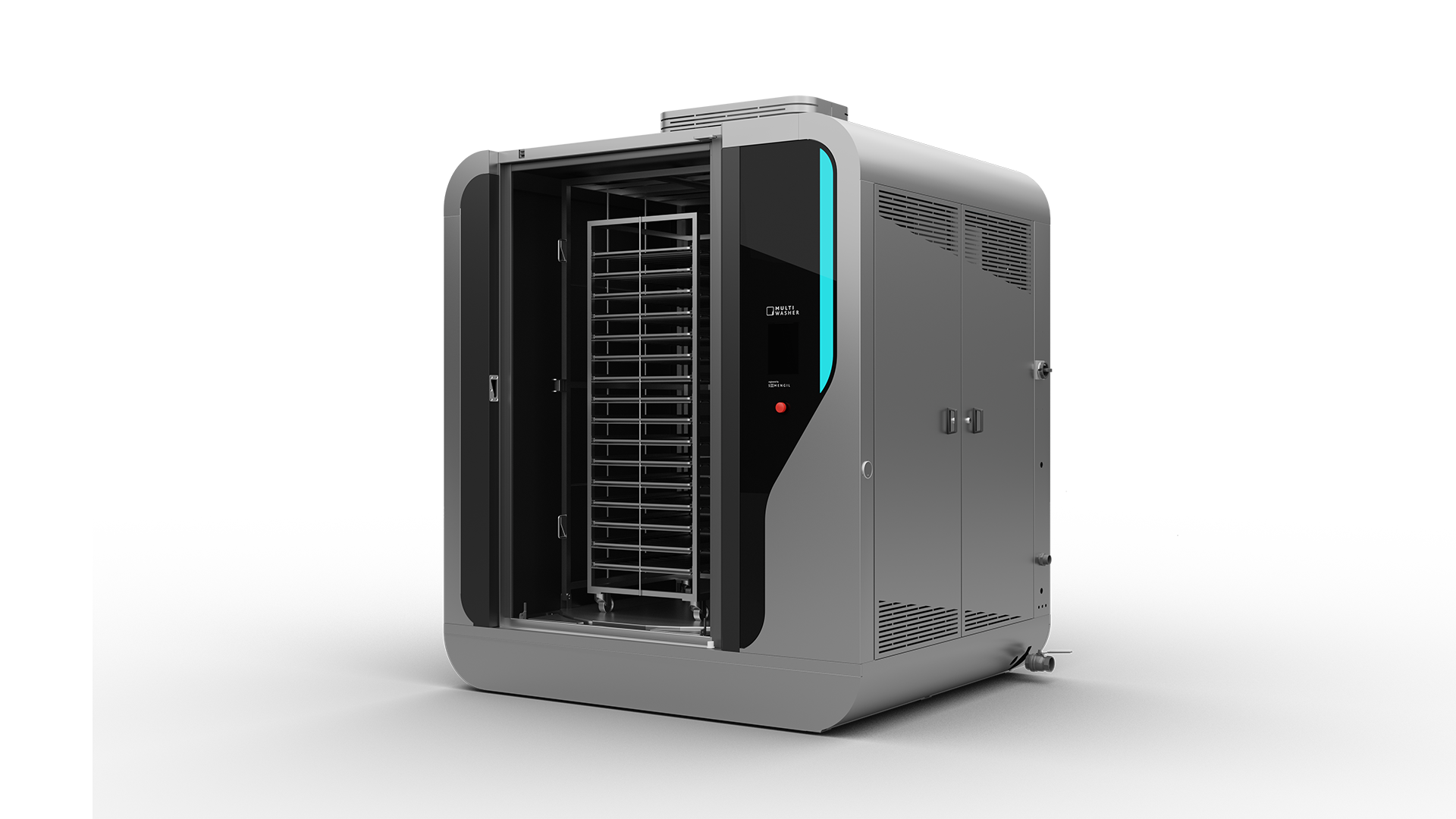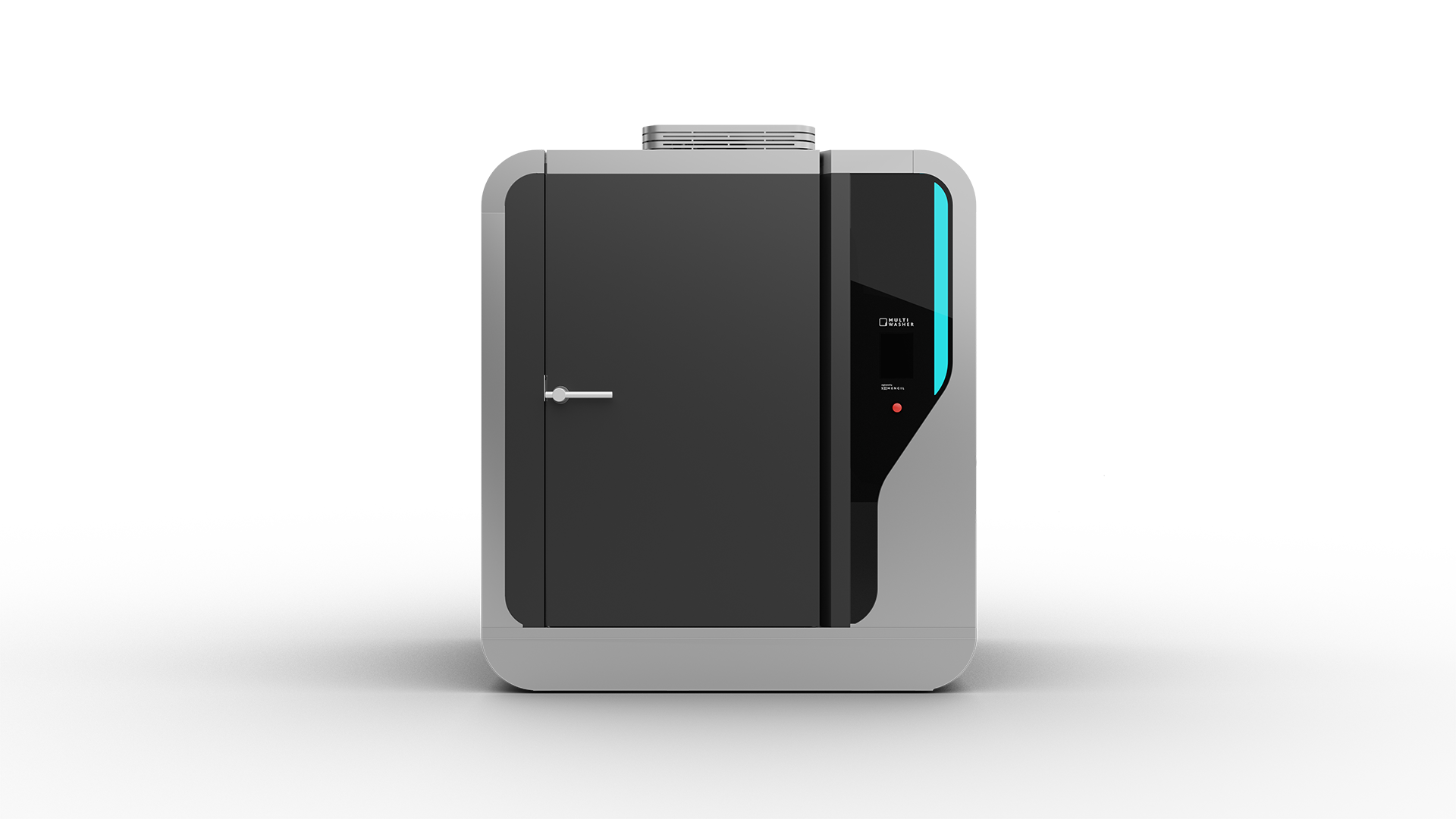Management / Articles
How to create an efficient action plan
Any project needs an action plan to succeed. Discover how this tool can help turn vision into reality.

 8 minutes of reading
8 minutes of reading
2023-01-19 18:40:56
Vague planning, unrealistic targets and unmeasurable goals are some of the main reasons why 70% of all projects fail to deliver expected results, go over budget or simply take longer than planned. This is how an action plan can help and how to create one, step by step.
What is an action plan?
An action plan is simply a document that lists the tasks that each team member needs to complete to achieve a project’s goals.
An efficient action plan must contain several specific components, such as due dates, status and responsibles for each task. In other words, action plans act as roadmaps for large initiatives, dividing them into several smaller sequential small steps that are easier to follow-up.
Why create an action plan?
Studies show that about 39% of projects fail because of poor planning. An impressive number, considering the number of resources, time and effort that go into projects that never see the light of day. An action plan provides greater coordination, facilitates tracking and increases ownership. These are key elements in defining what a “successful” project is – and in moving towards that goal.
In addition, an action plan acts as a guide, letting everyone know exactly what to do, providing a clear direction to follow. It also helps to prioritize and streamline workflows. An efficient action plan can also forecast challenges, or roadblocks, so that the team can prepare contingency plans to ensure the continuity of the project. Action plans prevent projects from falling behind unnoticed and help teams deliver on-time, on-budget and on-quality.
How to create an effective action plan
There is no single universal way to create an efficient action plan, but there are some best practices everyone should follow.
1. Plan deliverables, not goals
The first step of any project or action plan is to set a few goals or targets. The SMART method, for instance, helps to set Specific, Measurable, Achievable, Realistic and Time Bound goals.
For example, the goal “increase sales” is not specific and therefore will generate a vague action plan. On the other hand, “get 3 new customers per month” is a specific, achievable, realistic goal whose success can be measured. Such goals, however, have no place in the action plan. Instead, efficient action plans require deliverables – what each person is expected to deliver by the completion date, such as “Sign client X by date Y”.
2. Prioritize tasks and set deadlines
After the entire team clearly understands their deliverables, it’s time to determine whether those deliverables are too broad and if they should be divided into smaller steps or tasks. And since not all steps are simultaneous, it is important to sequence and prioritize tasks. This process makes it clear that some tasks that must be completed before others can begin. Highlighting these dependencies reveals the optimal work sequence and avoids blockages and obstacles. It is also critical to assign a realistic deadline to each task by talking to the person responsible. Be sure to leave some room for questions and changes that may arise in implementation. You may need to review actions and priorities later.
3. Allocate resources
After defining actions and deadlines, the next step is to identify the resources needed. Resources can include budget, equipment, personnel, or tools. Then, allocate them to the right people and tasks.
One way to make an adequate resource allocation is using the RACI matrix. This method clarifies the role of each team member by defining who is responsible (R) for each task, who is accountable (A), who should be consulted (C), and who should be informed (I) .
4. Define what each status means
Task statuses can vary widely and are often subject to interpretation. To be efficient, an action plan must track the status of each action with a clear meaning. It helps to have these states written down and use identical definitions across different projects and action plans.
A good practice is to follow the logic of the Kanban method, that visually represents each status in columns. The most common statuses are “Planned”, “In Progress” and “Completed”, with others added depending on the nature and complexity of the project. Each action is placed on cards that are distributed in each column according to their status. It is not recommended to have over 5 columns or statuses, to avoid complicating the process. With these clear rules, there is no more ambiguity about the state of each action.
5. Make the action plan visible to everyone
Whatever form the action plan takes – Kanban, Excel sheets, whiteboards, or apps – make sure everyone in the team can have real-time access. It is important to allow staff members to keep a close watch on tasks, deadlines, and resources, so that the person responsible for the next action can start his or her work as soon as possible.
Making the action plan visible to everyone allows the team to have a comprehensive and immediate understanding of the project, as well as a clear direction and a well-defined goal.
6. Keep the action plan alive
After the first contact with reality, action plans should be continuously updated. Don’t blindly follow a plan when events bring dictate additional needs and priorities. Instead, action plans are tools that allow for greater flexibility, enabling productive and regular discussions with the entire team to keep the project on track – after all, this is precisely the goal.
Also, take the time to do performance reviews and evaluate progress at key milestones. It’s a way to take stock of what tasks have been completed, spot roadblocks and adjust. In operational projects, with teams working close by, this status should be done face-to-face and every day.
In conclusion, creating and updating an action plan is essential to avoid the demotivating statistics of project management. Action plans are not something to write down and keep in a folder but living documents that should accompany the whole team during the project’s life cycle. Somengil shares this search for excellence, and this spirit of continuous improvement is essential for creating the Multiwasher. This state-of-the-art industrial washing machine achieves water, energy and detergent consumptions that are a reference in the industry. Schedule a free webinar and see the difference for your company.
You may also like

Management / Articles
SWOT Analysis: a practical guide
A SWOT analysis provides a fresh perspective of every business. Discover its potential and how to use it.
Posted in 2023-02-23

Management / Articles
What is industrial hygiene?
Industrial hygiene is an essential part of a happy, safe and productive workspace. But what exactly is this broad concept.
Posted in 2021-11-25

Management / Articles
Stock management: 6 tips to control inventory
Waste, delays and lost sales. These are just a few consequences of ineffective stock management. This is how to do it.
Posted in 2022-12-02






















 Portugal
Portugal United Kingdom
United Kingdom United States
United States France
France Spain
Spain Germany
Germany Romania
Romania Italy
Italy Czech Republic
Czech Republic Finland
Finland Hungary
Hungary Slovakia
Slovakia Greece
Greece Lithuania
Lithuania South Korea
South Korea Russia
Russia Saudi Arabia
Saudi Arabia Poland
Poland Brasil
Brasil Hebrew
Hebrew